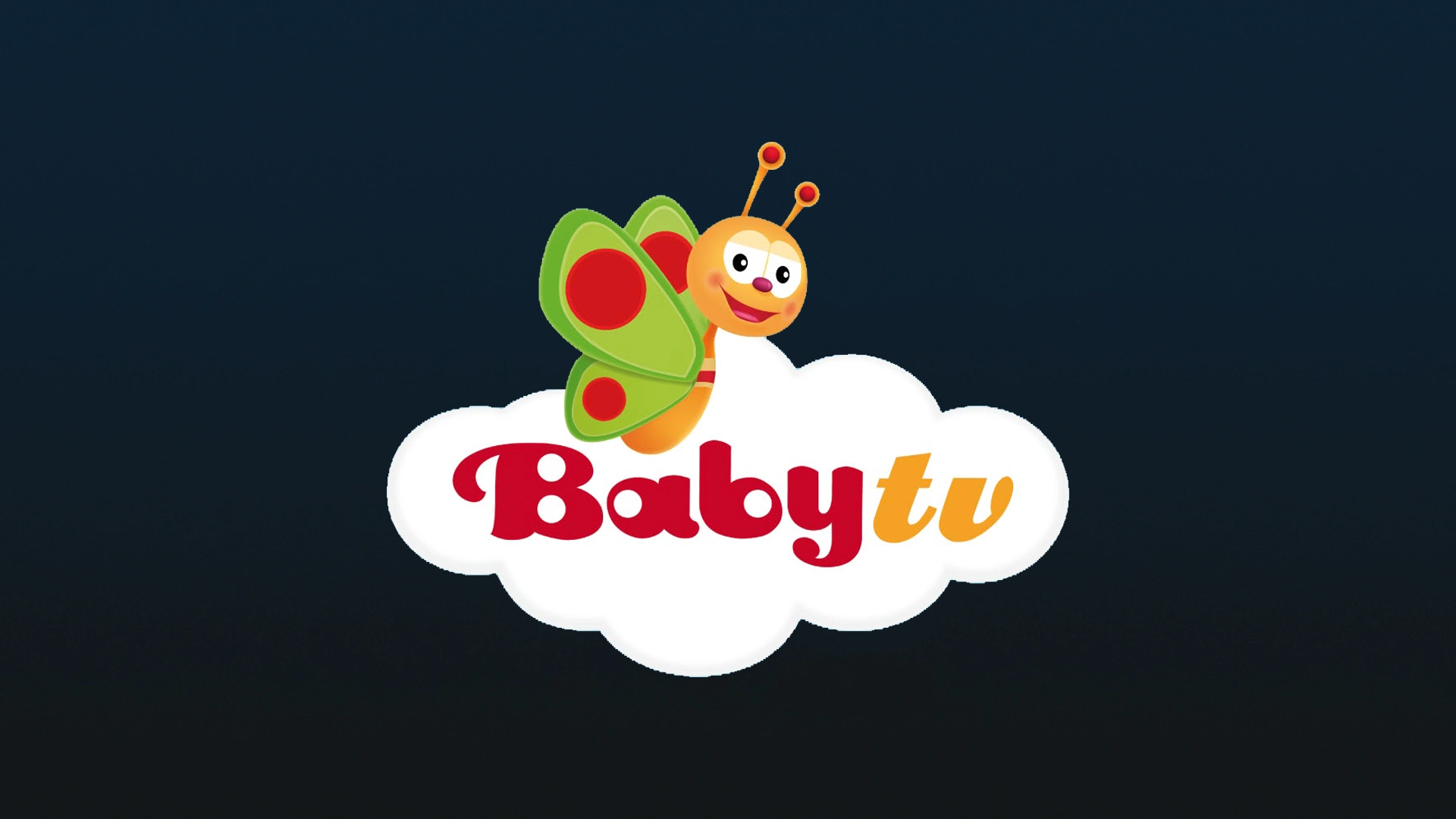Nicktoons: A Deep Dive into the Network’s History, Programming, and Ownership
Introduction
Nicktoons has long been a staple of animated entertainment, providing a dedicated space for cartoons that have shaped generations. Initially created as a home for Nickelodeon’s animated series, the channel has evolved over the years, expanding its content and reaching audiences worldwide. This article explores the journey of Nicktoons, its programming evolution, and the network’s ownership structure, providing an in-depth look at how it has maintained its relevance in an ever-changing media landscape.
Origins and Early History
Nicktoons launched on May 1, 2002, as a spinoff of Nickelodeon, a network already well-established as a leader in children’s programming. Unlike Nickelodeon, which featured a mix of live-action and animated content, Nicktoons was designed exclusively for animation, giving a dedicated platform to some of the most beloved Nickelodeon shows.
In its early days, Nicktoons (originally branded as “Nicktoons TV”) functioned as a commercial-free network, focusing on reruns of classic Nickelodeon animated series such as Rugrats, Doug, The Ren & Stimpy Show, and Rocko’s Modern Life. The decision to create Nicktoons stemmed from the success of Nickelodeon’s original animated series, known as “Nicktoons,” a term coined in the early 1990s to differentiate original Nickelodeon animation from syndicated or third-party shows.
By 2003, the channel had adopted a more structured format, introducing commercial advertising and expanding its programming beyond classic reruns to include newer Nickelodeon animated series.
Evolution of Programming
Nicktoons’ programming has undergone multiple shifts to remain competitive in the evolving landscape of cable and digital streaming.
Early to Mid-2000s: The Classic Era
During its first decade, Nicktoons remained a hub for Nickelodeon’s animated catalog. Classic titles like Hey Arnold!, CatDog, The Wild Thornberrys, and The Angry Beavers found a second life on the channel. Alongside these, newer series such as SpongeBob SquarePants, The Fairly OddParents, and Danny Phantom became key players in Nicktoons’ lineup.
The channel also experimented with original programming, debuting Kappa Mikey in 2006, a unique animated series that blended American and Japanese animation styles. Other original shows like Speed Racer: The Next Generation (2008) and Huntik: Secrets & Seekers (2009) further diversified its offerings.
2010s: The Rise of Action and Expanded Content
As competition from Cartoon Network, Disney XD, and online streaming services increased, Nicktoons pivoted toward a more action-oriented lineup. Shows like Avatar: The Last Airbender, its sequel The Legend of Korra, and Teenage Mutant Ninja Turtles (2012 reboot) gained significant traction among audiences. Additionally, Nicktoons became a hub for airing anime-inspired content such as Dragon Ball Z Kai and Yu-Gi-Oh!, catering to an older demographic within the Nickelodeon brand.
During this era, the network also premiered original series like Monsuno and Voltron Force, appealing to fans of high-energy animated action.
Late 2010s to Present: A Mix of Nostalgia and New Content
By the late 2010s, Nicktoons had started leaning into nostalgia, bringing back classic Nickelodeon animated series while continuing to introduce new content. Shows like Invader Zim and Rocko’s Modern Life received revival specials, while newer series such as The Casagrandes, Rise of the Teenage Mutant Ninja Turtles, and Middlemost Post found a home on the channel.
The network also increased its reruns of SpongeBob SquarePants, which became a near-permanent fixture in the programming schedule, solidifying its status as Nickelodeon’s most enduring animated franchise.
Ownership and Corporate Changes
Nicktoons is owned and operated by Paramount Global, formerly known as ViacomCBS. As a subsidiary of Nickelodeon Group, Nicktoons functions as part of a broader portfolio that includes Nickelodeon, TeenNick, and Nick Jr.
Viacom’s Role in Nicktoons’ Expansion
When Viacom launched Nicktoons in 2002, the goal was to create a separate space for Nickelodeon’s animated properties while retaining brand synergy. Over the years, Viacom’s mergers and corporate restructuring influenced the channel’s growth. In 2005, Viacom split into two separate entities: Viacom and CBS Corporation, with Nickelodeon (and by extension, Nicktoons) remaining under the Viacom umbrella. This separation did not impact Nicktoons directly but reflected a broader industry trend toward media consolidation.
The ViacomCBS Merger and Paramount Global
In 2019, Viacom and CBS Corporation re-merged to form ViacomCBS, bringing Nicktoons under a newly unified corporate structure. This change allowed for increased synergy across ViacomCBS’ platforms, enabling cross-promotions between CBS-owned streaming services and Nickelodeon content.
By 2022, ViacomCBS rebranded as Paramount Global, aligning its television and film divisions under a single, globally recognized name. While this shift did not drastically alter Nicktoons’ programming, it did reinforce the network’s importance within the company’s long-term content strategy.
Nicktoons in the Streaming Era
As traditional cable viewership declines, Nicktoons has adapted to the rise of streaming. Many of its most popular shows are now available on Paramount+, Nickelodeon’s official streaming service. Additionally, Nicktoons’ content has been licensed to third-party platforms such as Netflix, Hulu, and Amazon Prime Video, ensuring broader access beyond linear television.
However, Nicktoons itself has seen a decline in original programming, as new animated series are increasingly developed for streaming-first releases. This shift reflects a broader industry trend, with cable networks becoming secondary outlets for new content.
Conclusion
Nicktoons has undergone significant changes since its launch in 2002, evolving from a commercial-free showcase of classic Nickelodeon animation to a dynamic network balancing nostalgia with new content. Despite changes in media consumption habits, Nicktoons remains an integral part of Nickelodeon’s ecosystem, continuing to entertain fans of all ages. Whether through cable or streaming, the network’s legacy as a home for animated storytelling is undeniable, ensuring that its impact on pop culture will endure for years to come.











Add :